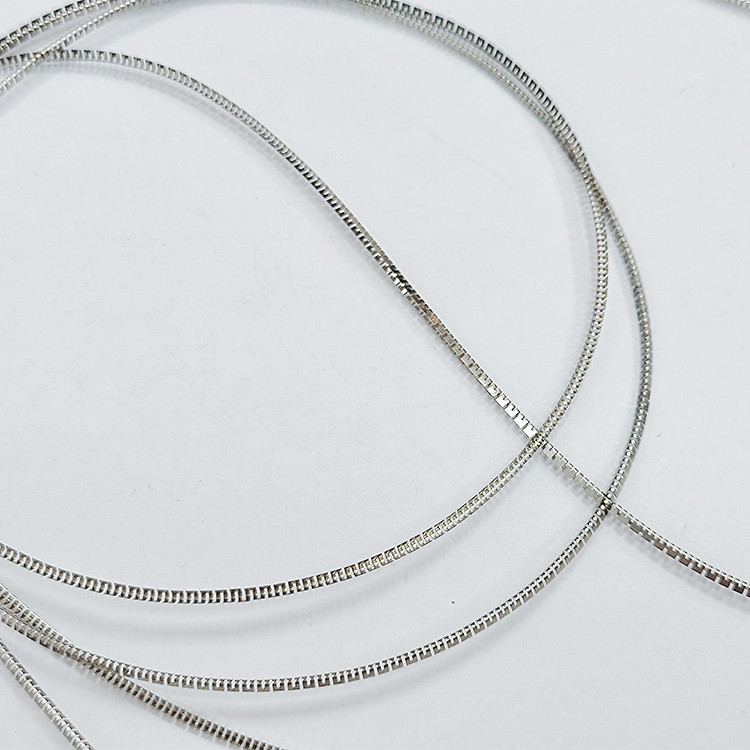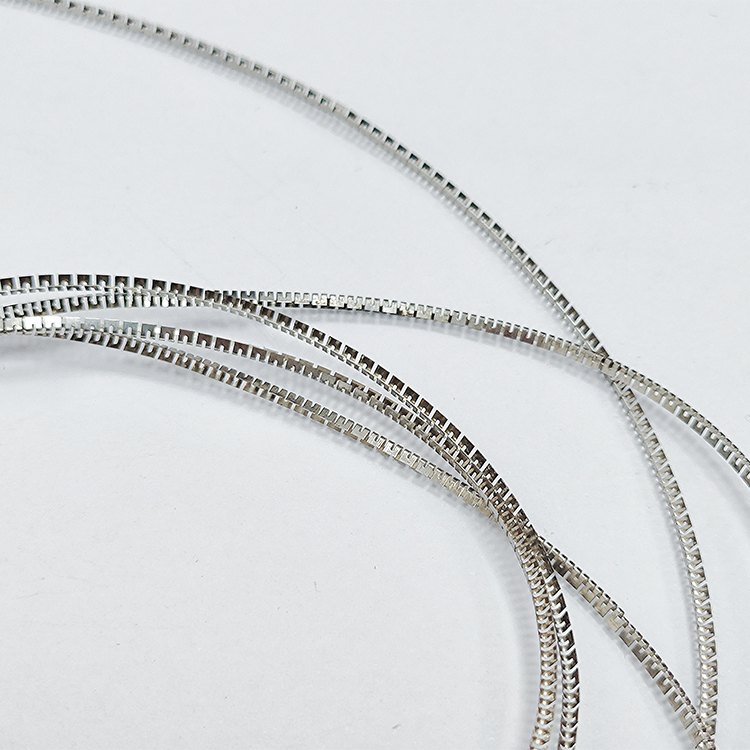The manufacturing and processing of V-springs, also known as cantilever springs, involve several steps designed to ensure their quality and reliability. These steps are crucial for maintaining the performance and durability of the springs in various applications, from automotive to aerospace.
1.Material Selection: The first step in manufacturing V-springs is selecting the appropriate material. Common materials include steel, stainless steel, and specialized alloys like Inconel and Elgiloy, each chosen based on the application’s requirements for strength, durability, and resistance to corrosion or extreme temperatures.
2.Forming: The selected material is then formed into the desired shape using a variety of forming processes. This can include stamping, drawing, or forging, depending on the complexity of the spring’s design and the material being used. The forming process shapes the material into the V-spring profile, ensuring the correct dimensions and strength characteristics.
3.Heat Treatment: After forming, V-springs undergo heat treatment to enhance their mechanical properties. This process can include tempering, annealing, or quenching, depending on the material and the desired properties. Heat treatment improves the spring’s strength, hardness, and ductility, making it more suitable for its intended application.

4.Surface Finishing: The surface of the V-spring is then finished to ensure it is smooth and free from defects. This can involve polishing, deburring, or other surface treatments to improve the spring’s performance and longevity. The finish can also be applied to enhance the spring’s resistance to wear, corrosion, or other environmental factors.
5.Inspection and Quality Control: Before the V-springs are packaged and shipped, they undergo rigorous inspection and quality control processes. This includes visual inspection for defects, dimensional checks to ensure the springs meet the specified requirements, and sometimes destructive testing to assess the spring’s strength and durability. Quality control ensures that only the highest-quality springs are released for use.
6.Packaging and Shipping: Finally, the V-springs are packaged and shipped to the end-user. The packaging is designed to protect the springs during transit and to ensure they are stored properly upon arrival. This step is crucial for maintaining the integrity of the springs and ensuring they are ready for installation and use.

These manufacturing and processing steps are essential for ensuring the quality and reliability of V-springs. By carefully selecting materials, forming the springs to the correct shape, treating them to enhance their mechanical properties, finishing the surface for optimal performance, and rigorously inspecting and controlling the quality, manufacturers can produce V-springs that are durable, reliable, and suitable for a wide range of applications.